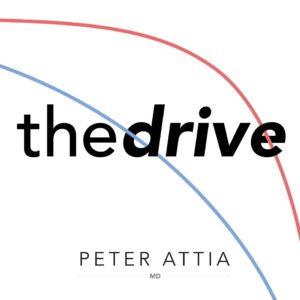
In this episode of the “TED Radio Hour” podcast, titled “Body Electric Part 2: When Human Met Desk,” host Guy Raz explores the impact of sedentary lifestyles and the relationship between humans and personal computers. The episode delves into the physical and mental health consequences of prolonged sitting and the evolution of workplace design. It also highlights the importance of movement breaks and introduces innovative treatments for myopia. Join Guy Raz as he uncovers the fascinating connections between our bodies and technology.
Living a sedentary lifestyle can have detrimental effects on our physical and mental health. Prolonged sitting can lead to fatigue, hunger, difficulty concentrating, and negative mood changes. However, incorporating regular short walks throughout the day can counteract these effects, improve organometic sustainability and performance, and even keep us healthy well into our later years.
Humans have developed a deep attachment to personal computers, often associating dreams and necessities with them. The evolution of customer engagement platforms like Twilio and Service Now aims to bring intelligence into every corner of businesses. However, the history of personal computing was not without challenges, requiring significant effort to convince people to embrace computers. Additionally, laptops have introduced new ergonomic issues, leading to discomfort and pain in the neck, wrists, and arms.
Taking breaks and incorporating movement into our daily routines is crucial for our health and performance. Movement breaks, such as stretching or walking every 25 minutes, can improve organometic sustainability, reduce the harms of prolonged sitting, and have profound effects on our overall well-being. These breaks can lower blood sugar levels, blood pressure, and even improve mood, reducing anxiety, depression, and fatigue. The immediate positive effects can serve as motivation to continue incorporating movement breaks into our lives.
Dr. Maria Liu’s story highlights the power of determination and innovation in the field of healthcare. Despite skepticism from her colleagues, she successfully developed an innovative treatment for myopia. Driven by her passion, she volunteered her time and worked for free to establish a clinic. Her story is featured in the “Body Electric” podcast, shedding light on groundbreaking medical advancements.
The “Body Electric Part 2: When Human Met Desk” episode of the “TED Radio Hour” podcast explores the impact of sedentary lifestyles, our relationship with personal computers, the importance of movement breaks, and innovative medical treatments. It emphasizes the need to counteract the negative effects of prolonged sitting, prioritize ergonomic design, and incorporate movement into our daily routines. By understanding the connections between our bodies and technology, we can strive for a healthier and more balanced lifestyle.